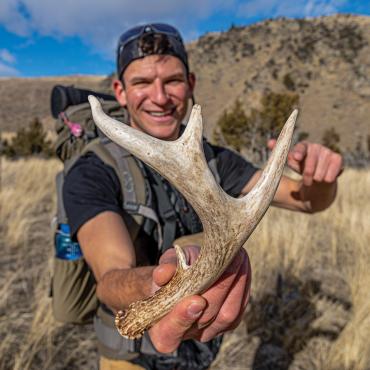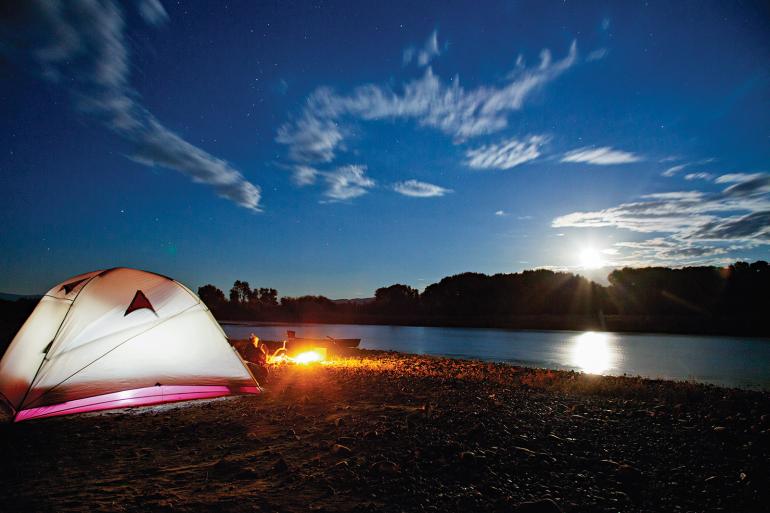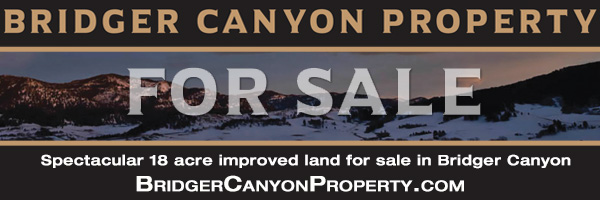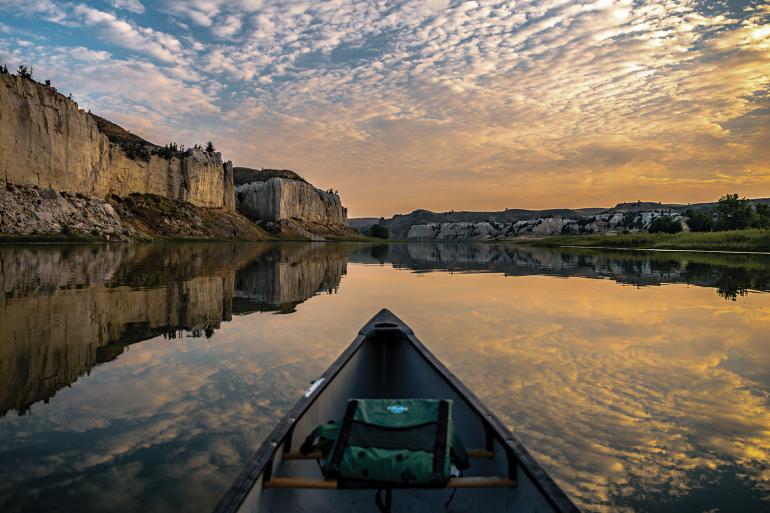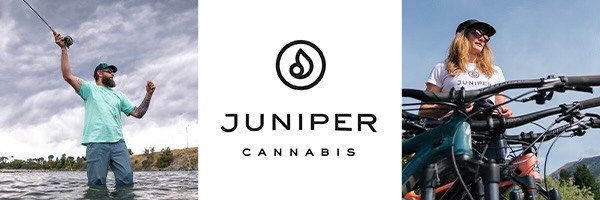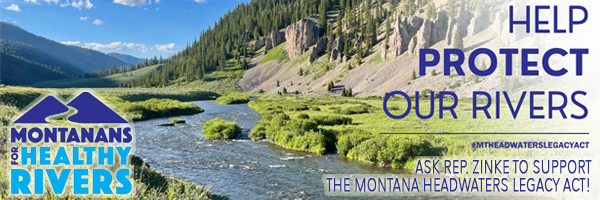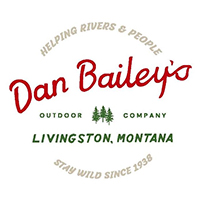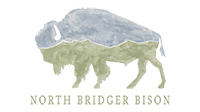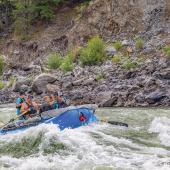Breaking the Ice
How to enjoy a fall float trip.
“People never learn anything by being told, they have to find out for themselves.” —Paulo Coelho
The flakes are coming down heavy, coating the raft with a thick layer of cold, white crystals. I brush them off my waders, but it’s futile; snow continues to pile up. They’re sinking into the water now, the aqueous solution too cold to melt the particles as they fall to the surface. The river turns to slush, and I stop rowing, allowing the boat to glide silently through an unnerving silence—the type that comes only in the midst of a snowstorm. Suddenly I spot movement on the bank. It’s a mountain lion mother and kitten, hopping between shoreline boulders, with mats of snow covering their backs. I drift past without twitching a muscle. The cats don’t see me through the whiteout, and I don’t get more than a glimpse of them before the flakes obscure my vision. We each go our separate ways—I toward camp, the lions toward their next meal.
Fall float trips are an excellent way to get some solitude on otherwise-crowded rivers in the state. There are good overnight sections on the Yellowstone, Missouri, Jefferson, and Madison (among others), and autumn fishing can be fantastic for hungry browns—not to mention hunting for grouse and other upland species plump on fall forage. But these floats can also be blustery cold affairs. With a little preparation and planning, however, even the snowiest days will be memorable and enjoyable. Here are some tips for an overnight or multi-day float trip in the shoulder season.
Essential Gear
Be prepared for anything from warm sun to full-on winter. Bring an extra set of clothes, in case you fall in, along with the following must-haves:
- Long underwear
- Puffy coat or wool sweater
- Rain shell
- Wool blanket or comforter
- Drybag(s)
- Firestarter (multiple types)
- Wader repair kit
- Tarp
- Book
- Shovel
Dos & Don’ts
DO: Scout or get intel on the section of water you plan to float.
DON’T: Run a cold river blind in the fall.
DO: Bring a fishing rod and shotgun, even if you never break them out.
DON’T: Be caught without a gun as a cock pheasant struts through camp.
DO: Bring a land-ownership map.
DON’T: Assume you can camp anywhere on the river.
DO: Pack for worst-case conditions.
DON’T: Assume it’ll be nice and sunny the whole time—this is Montana, after all.
Cooking
With darkness descending early in autumn, camp cooking is far more enjoyable with a little bit of prep work. Make a big meal like lasagna or chili ahead of time and heat it up over an open fire. Pre-made breakfast burritos are another great option. Wrap the burritos in foil and heat them up in a skillet or directly on the coals.
Depending on air temperature, use coolers to keep things warm, rather than cold. If it’s below freezing at night, use a large cooler as a water jug for the trip, or else pay the price in iced-up containers. Same goes for veggies, eggs, and lunch fixins. Anything you don’t want frozen—throw it in a cooler.
Safety
The main concerns for a fall float trip are temperature and river conditions. On that snowy trip with a mountain lion run-in, my buddy and I failed to check either of these reports before embarking on a multi-night excursion. We hit the takeout a day before the river locked up in ice for the winter.
Keep a stove, dry kindling, and firestarter easily accessible at all times. Same goes for additional layers. In the event that someone takes an accidental swim, strip wet clothes as fast as possible. I typically wear waders on the water in October and November, and I always have a wading belt snugged tight around my waist, and a life jacket strapped to my chest. You should, too.
Access
When mapping out a trip, look for marked boat ramps or other access easements. Once on the water, however, you can recreate to your heart’s content—so long as you stay below the high-water mark. Also, pay attention to other areas where public land abuts the river. These spots could make for good side-excursions on foot—either to look for upland birds, or to just enjoy a hike in the hills.

